Fife sleep specialist Rachel Christie knows first hand how challenging it can be if your child struggles to sleep.
The 33-year-old’s journey to becoming a sleep coach actually began when her eldest daughter wouldn’t sleep by herself.
Rachel, from Dunfermline, qualified as a sleep coach in April this year and now runs her own sleep coaching business, Snugglebug Sleep Solutions.
She has two young daughters – the eldest aged two-and-a-half and the youngest aged 10 months.
Rachel works as a high school maths teacher but is currently on maternity leave and plans to run her new business part-time.
The mum of-two offers online sleep coaching with parents and children up to the age of six.
She says: “My husband and I really struggled with getting our eldest daughter to sleep and in the end we sought the help of a sleep coach.
“Ultimately that’s what made me want to train and become one myself because it was life changing.
“This is why I’m now so passionate about helping other sleep deprived parents.”
What were her daughter’s sleep issues?
Rachel’s eldest daughter was five-and-a-half months old and she was struggling to sleep on her own.
“She always wanted to sleep with me which is fine if it is done safely,” she explains.
“But when we did put her in her own cot she was always up every couple of hours and always needed held or rocked back to sleep.
“Then as soon as she would fall asleep, I would put her in her cot and she would wake back up again.
“So we were kind of stuck in that cycle.
“It got to a point where I couldn’t put her down to let her sleep through the night.
“I was so tired and also terrified because of the fears and risks of sudden infant death syndrome.
“So I started doing a bit of research and got in touch with a sleep coach from England, who was great.
“She gave me the idea of becoming a sleep coach myself and I trained through her.”
How did she manage to get her daughter to sleep?
Rachel worked with the sleep coach for three weeks.
“My daughter went from waking up every couple of hours to sleeping on her own independently. And she has done ever since,” she says.
“The coach I worked with got us to leave her for very short intervals before returning to her again.
“We repeated that until she fell asleep.
“If we didn’t seek support at that point I don’t know what that would have meant for us now.”
Rachel says she was able to use the knowledge she learned from the sleep coach and her own research when she had her second daughter.
“When we had [her] we were able to implement things straight from the start that we didn’t do with our eldest.
“This included introducing white noise right from birth and she has slept like a dream.”
What is white noise and how did it help?
White noise refers to a noise that contains all frequencies across the spectrum of audible sound.
People often liken white noise to the static that comes from an untuned radio or television.
Rachel says white noise can be played on an Alexa and white noise machines are also available to buy.
“When the baby has been in the womb for nine months they have been used to hearing noises like the sound of blood rushing through mum’s veins and white noise sounds very similar.
“Having continuous white noise on in the background helps to drown out external noises like the neighbours outside going to work or people coming back from nightshift.
“These outside noises might wake the baby up in between sleep cycles so having the white noise on helps them to stay asleep.
“With our youngest we had white noise on from the start and found it really helped.”
Fife sleep coach explains why sleeping in darkness works
Another tip for a good night’s sleep which Rachel uses with her two girls is having the room completely dark at bedtime.
“I recommend to all families that the room should be pitch black with the windows blocking out the sun.
“As soon as we see sunlight and it penetrates our eyelids it reduces the melatonin, the sleep hormone, and starts to wake us up.
“Both my girls sleep in pitch darkness so they aren’t woken up early when the sun starts to shine through.”
She also follows guidance from The Lullaby Trust – which provides expert advice on safer sleep for babies – that room temperature for babies should be between 16 and 20 degrees celsius.
Why do bananas promote sleep?
Surprisingly, Rachel reveals there is a fruit which can help children to get a good night’s sleep too.
“I always tell families that bananas are great topper foods because they include tryptophan, the pre-curser sleepy hormone which is in breast milk,” she says.
“So having a banana actually promotes sleep which is great.
“I encourage families who are having supper to have something light like a banana or cheese and crackers.
“For babies they are fine just to have a milk feed before they go to sleep.”
Does fresh air help?
Rachel says getting outside in the fresh air every day also helps children – as well as adults – to sleep better.
“One of the best things people can do is get outside. It really helps parents’ mental health.
“And it is good for toddlers who have lots of energy because it will help to tire them out so they are ready for a nap when they get home.”
Don’t forget all the old favourites, says Fife sleep coach
Rachel also recommends bathing children before bed as it helps to prepare them for sleep.
“I bath my girls every night but some families do it every second night.
“Putting them in the bath is good because it gets their bodies ready for sleeping.”
Rachel says both her girls have teddy bears in their beds which she encourages as they associate it with sleep.
She also believes reading a bedtime story to young ones is also beneficial.
“Reading to children is good for their imaginations as well as helping their language development.
“I would recommend pop up or flat books which aren’t overly stimulating but something they are going to enjoy.
“It doesn’t have to be the same story every night.
“But it might help because it is a signal to them that after this story it is time for them to go to sleep.”
She continues: “My eldest loves ‘Giraffes can’t Dance’. It is her favourite bedtime story just now and it’s about jungle animals.
“There is also a Peter Rabbit book I think called ‘Good Night Peter’. It’s a really simple book about Peter Rabbit going into his own bedroom for the first time.
“So it’s a great book for parents to introduce to their children when they are going into their own room for the first time to help encourage them to sleep in their own bed.”
Routine remains key to a good night’s sleep
Rachel adds that having a regular bedtime routine is key.
“I would say too once you get young ones upstairs to their bedroom, don’t bring them back down again as it sends them mixed signals.
“Getting them into their bedroom so they know what comes next and doing this in the same order every night is important.”
She adds: “They will then know once they are in bed and have had their bedtime story, it is time to go to sleep.”
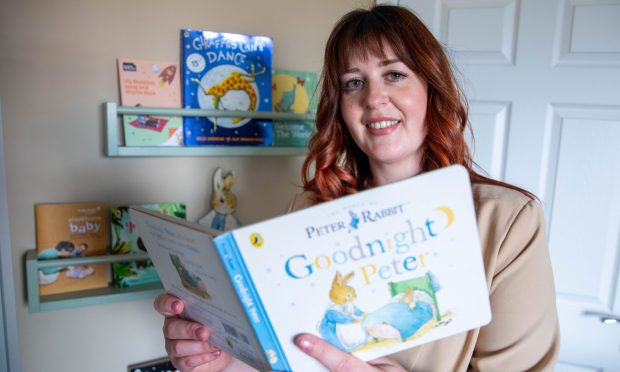
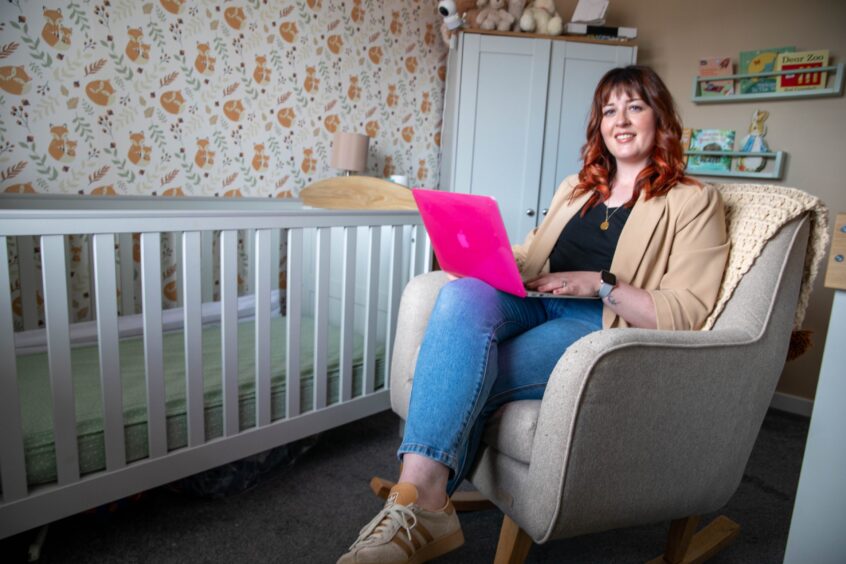
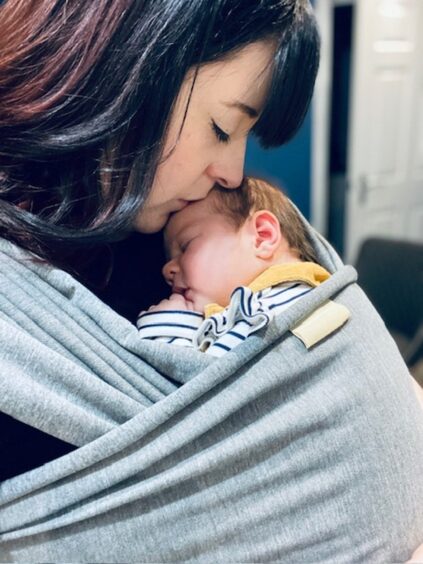
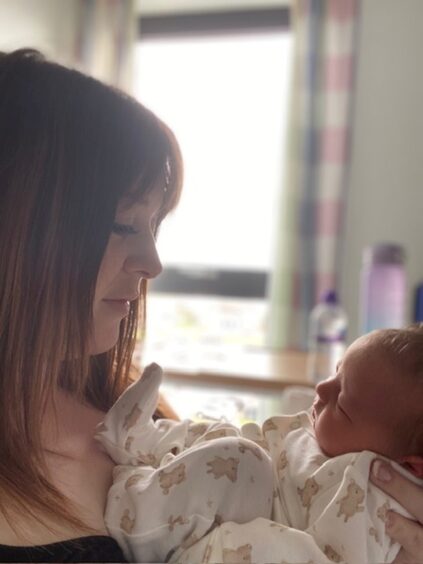
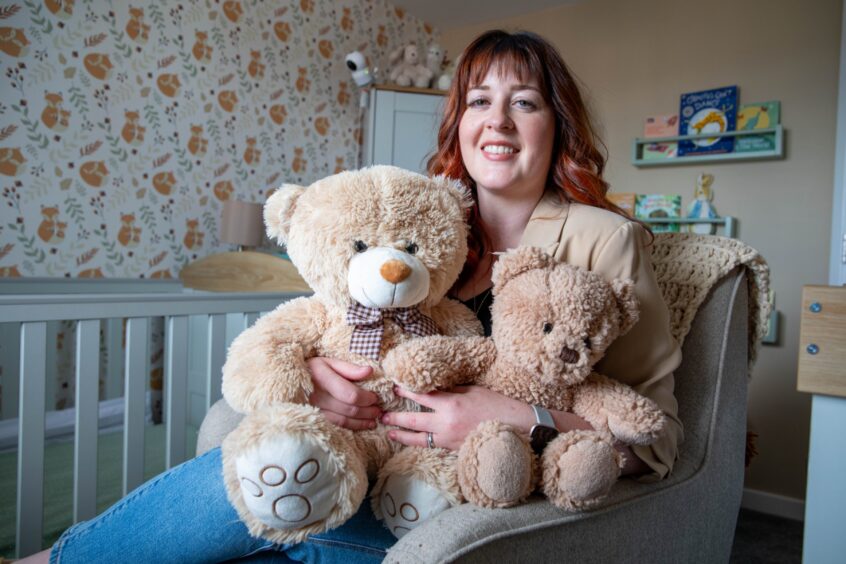

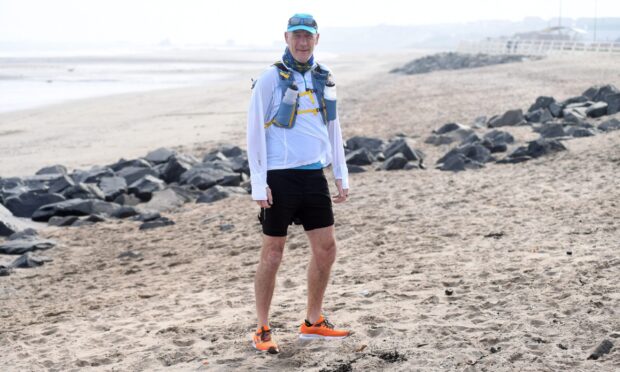
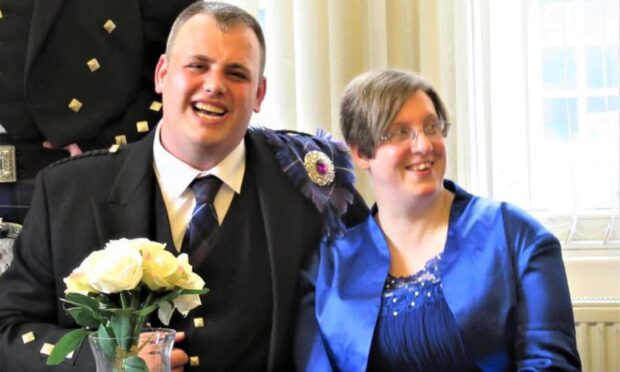

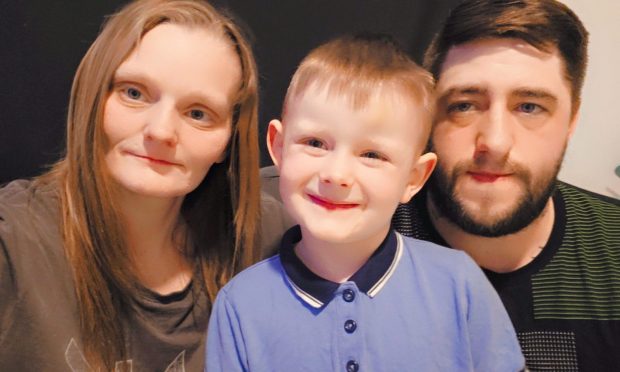
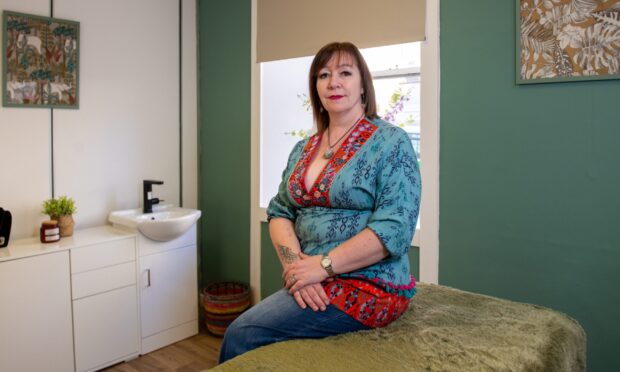
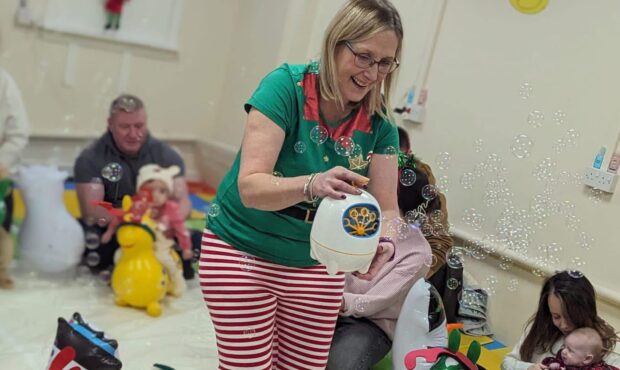
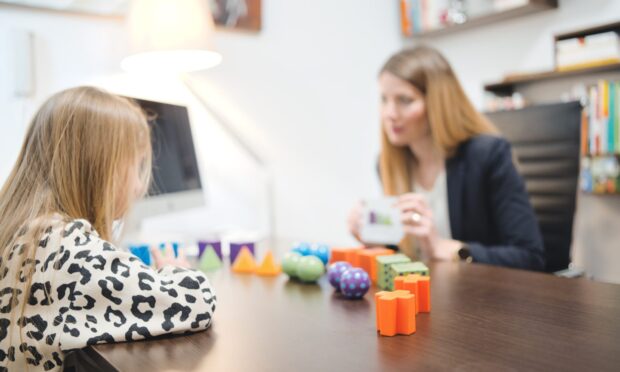
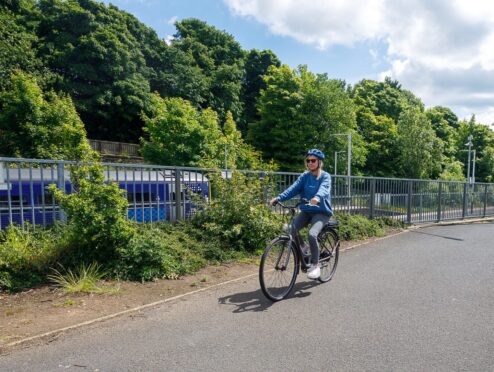
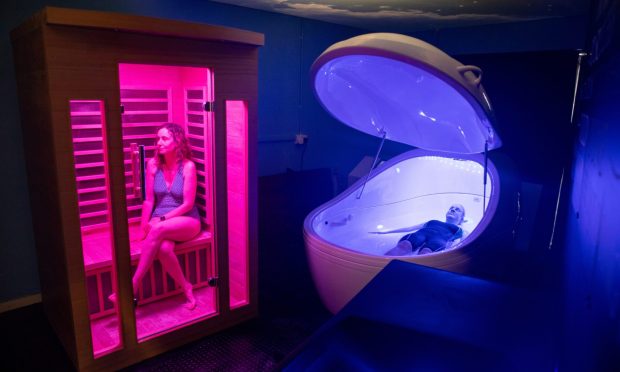
Conversation